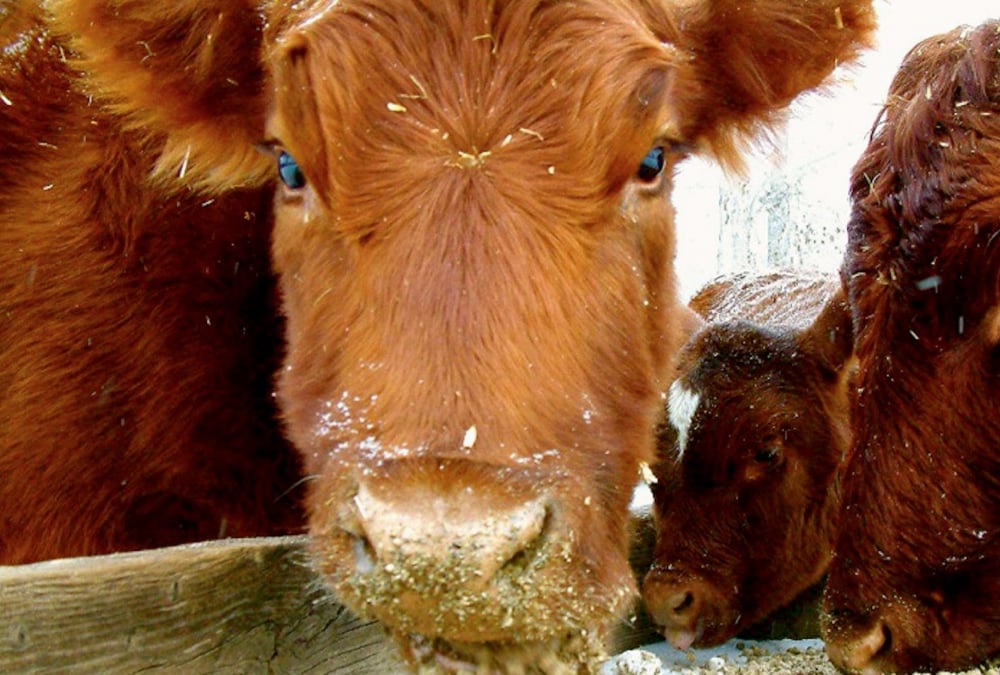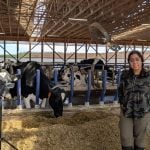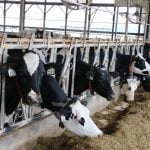Western Canadian feeder cattle prices were $2-$3 per hundredweight (cwt) higher last week on average. Strong demand was noted on all weight categories, with heavier replacements sometimes up $3-$4/cwt.
A group of red and black Angus-based steers weighing 920 pounds with no special qualities sold for $123/cwt in central Alberta. A similar group of cattle averaging 850 lbs. brought back $135/cwt. A mixed blend of Angus and Charolais cross steers weighing 625 lbs. with age verification and Pfizer Gold status sold for $151/cwt in southern Alberta.
The small farmer/backgrounding operator has started to step forward now that the Canadian grain harvest is in the final stages. Auction markets in Manitoba and eastern Saskatchewan realized stronger interest from eastern Canadian buyers this past week, which was largely due to weaker corn prices. The Canadian dollar has weakened about five per cent over the past 10 days, which continues to support the cattle complex.
Read Also

U.S. livestock: Live cattle correct higher
Live cattle futures on the Chicago Mercantile Exchange were stronger on Monday, taking back some of Friday’s losses amid ideas…
U.S. feeder cattle were $3-$5/cwt higher on average as the markets continue to digest the previous week’s cattle on feed report showing a drop in placement numbers. On Friday, the U.S. Department of Agriculture’s stocks report showed Sept. 1 corn supplies at 1.1 billion bushels, which was larger than trade expectations.
Fed cattle traded at $121 in the southern Plains and all of these factors appeared to give the feeder market a shot of adrenaline. Deferred feeder cattle futures made fresh all-time record highs, with the August 2012 contract touching $149. In Valentine, Neb., run-of-the-mill steers weighing 662 lbs. sold for $160/cwt.
Western Canadian feeder cattle prices are expected to trend higher throughout the fall period. Fed cattle prices in Alberta reached up to $107 last week and feeding margins are now back in positive territory.
Feedlot operators have additional buying power now that many operations are using imported DDGS to bring down the cost of gain. The corn market is soft as harvest is not even 50 per cent complete and U.S. farmers will continue to be aggressive sellers off the combine. I’m still somewhat negative on the Canadian dollar as well, which will bode well for both fed and feeder cattle prices.
— Jerry Klassen is a commodity market analyst in Winnipeg and maintains an interest in the family feedlot in southern Alberta. He writes an in-depth biweekly commentary, Canadian Feedlot and Cattle Market Analysis, for feedlot operators in Canada. He can be reached by email at [email protected] or at 204-287-8268 for questions or comments.















